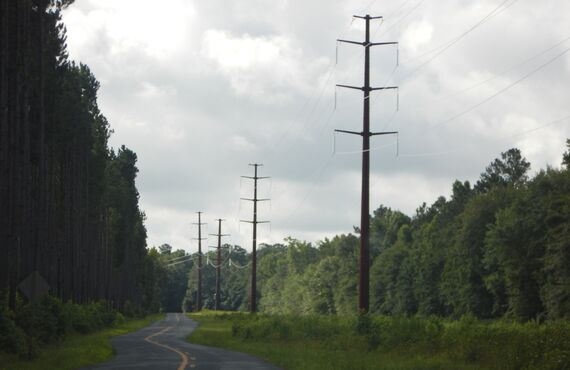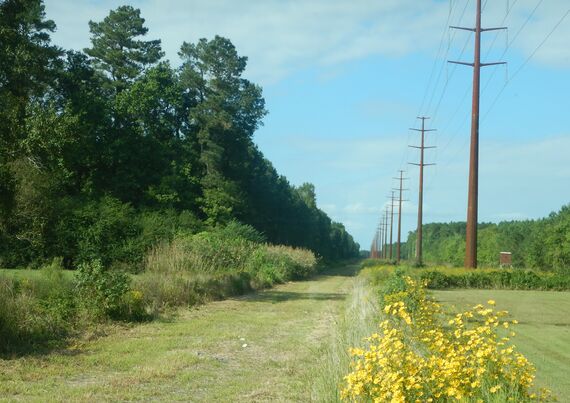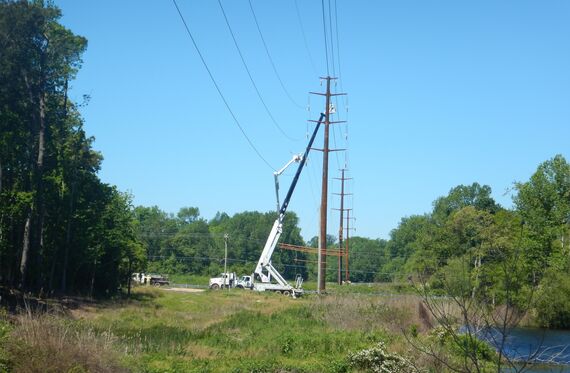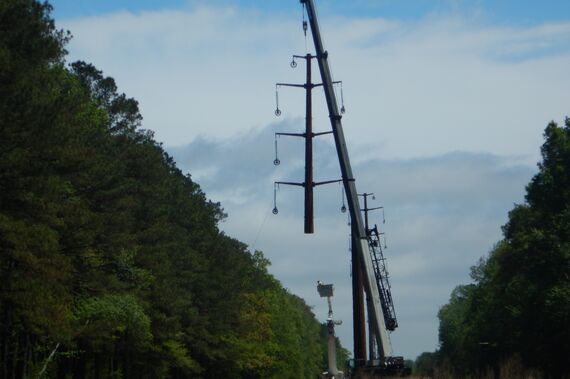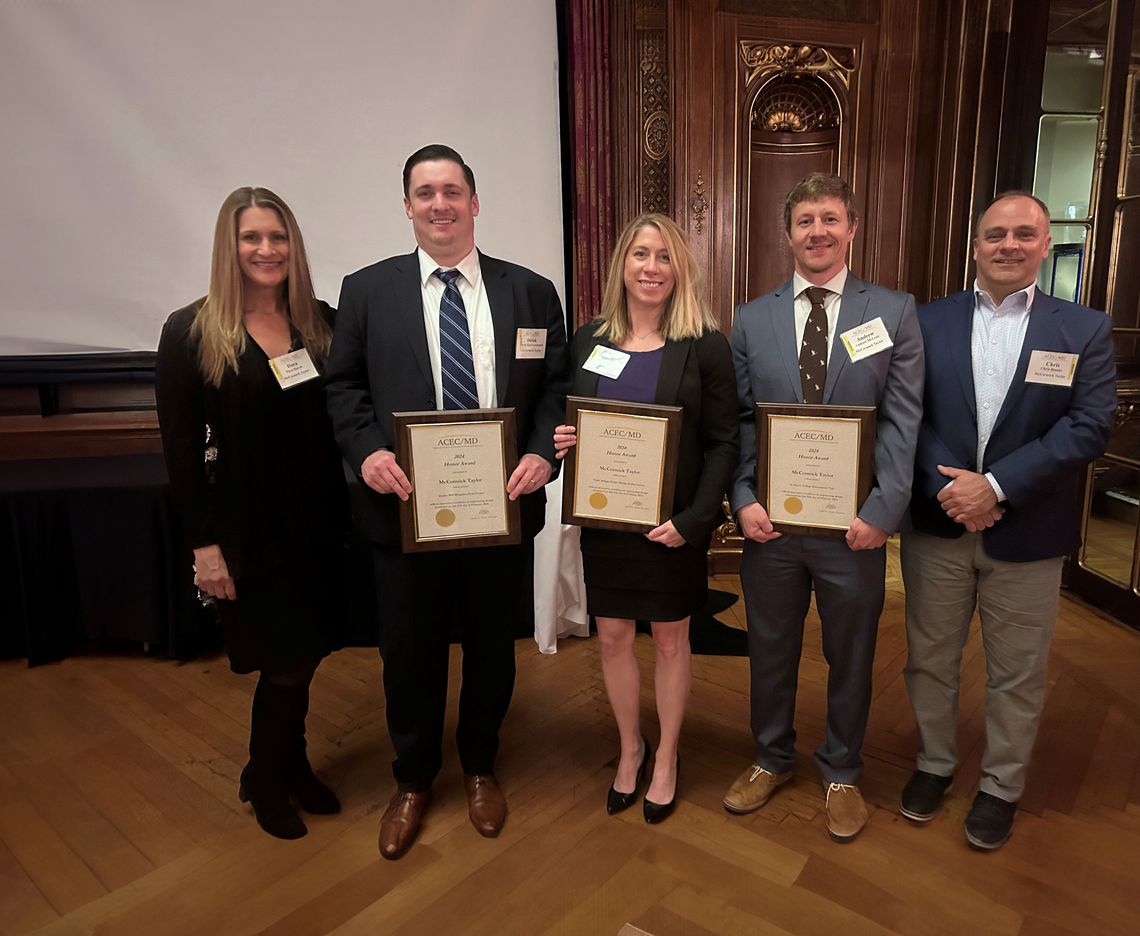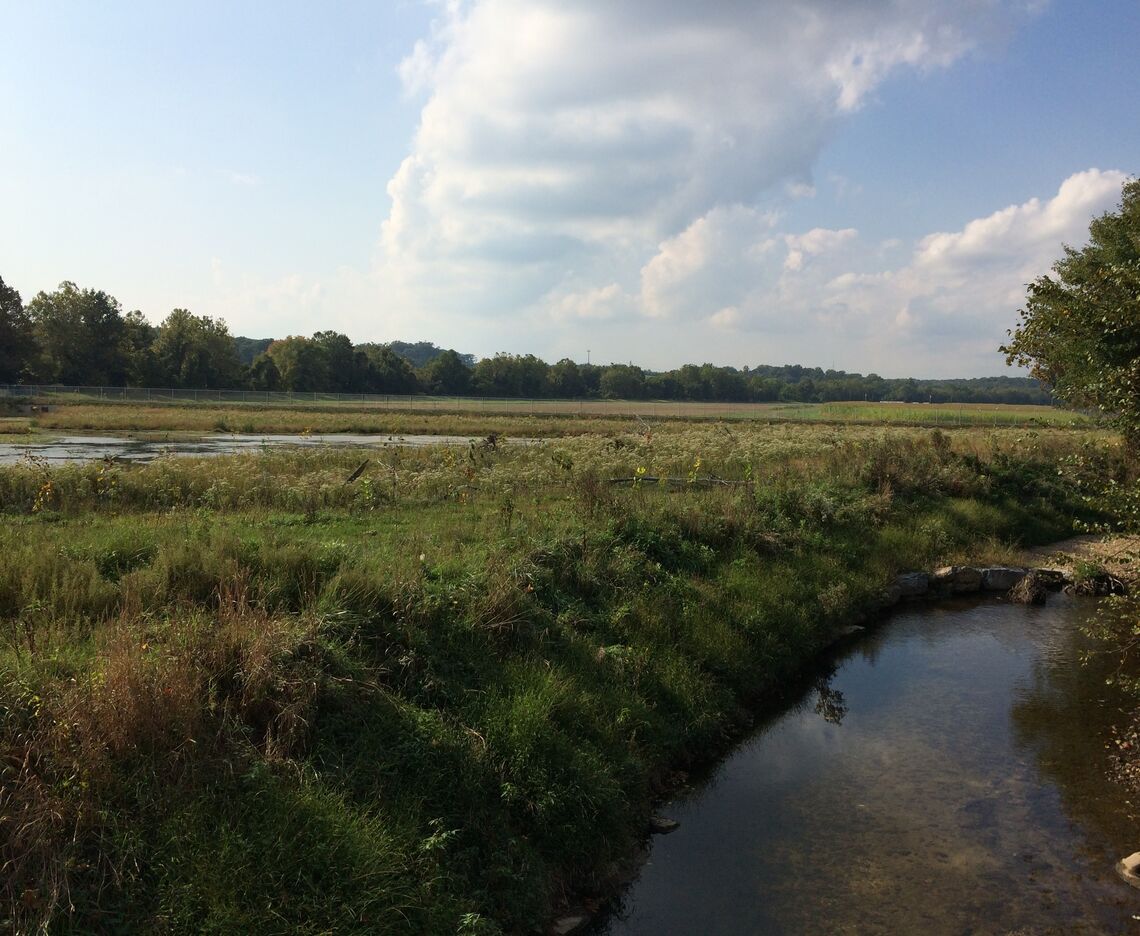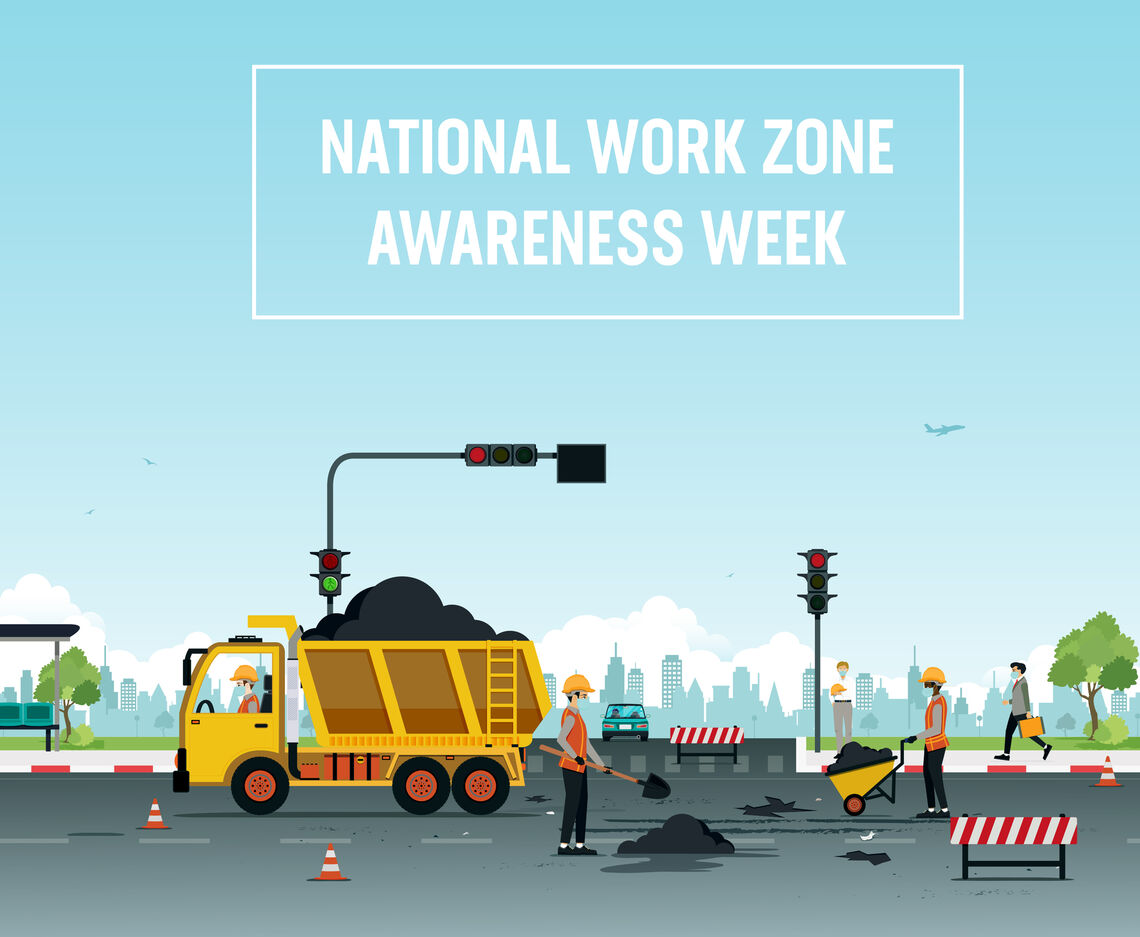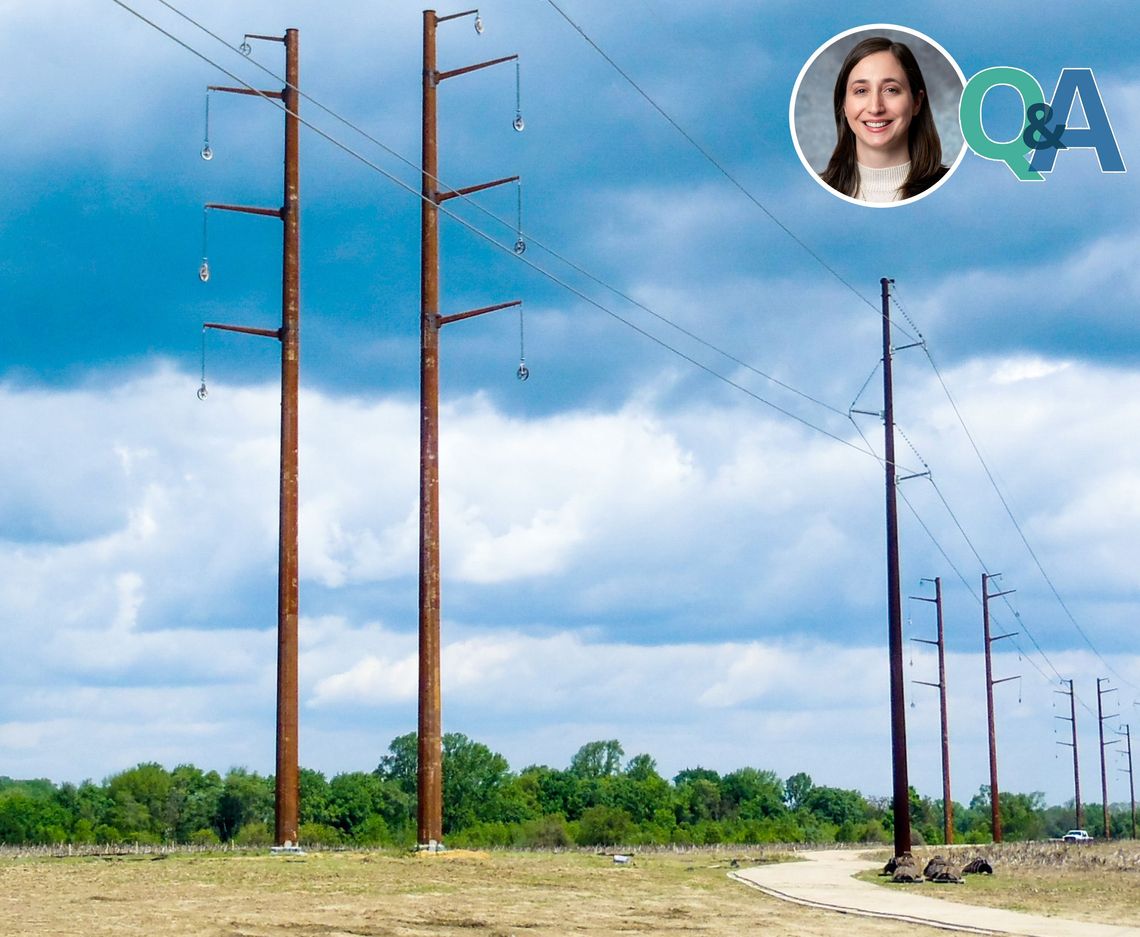
WHAT IS A CPCN, ANYWAY?
McCormick Taylor has demonstrated proficiency in effectively navigating and upholding environmental compliance throughout the development of major infrastructure projects. Successfully managing the intricacies of state and federal environmental regulations is a complex endeavor, and McCormick Taylor's expertise in this area ensures the seamless planning and permitting of maintenance and construction activities during project development. These projects are a priority for our clients, and any issues encountered during the environmental planning and permitting processes can delay much-needed improvements and upgrades. To learn more about the challenges associated with regulatory compliance certifications that we encounter in our energy market, we sat down with Molly Pacifico, an Environmental Planner III in our Philadelphia office.
What is the Certificate of Public Convenience and Necessity (CPCN)? What types of projects require an application for one to be filed?
In general, a CPCN is a type of regulatory compliance certification for public service industries, specifically in this case, public utilities. The types of projects that require a CPCN and the entity issuing them can vary from state to state. For example, in Maryland, CPCNs are issued by the Maryland Public Service Commission (PSC) and are required prior to the construction of "a generating station, a qualified lead line, an overhead transmission line designed to carry more than 69 kV, or a qualified submerged renewable energy line." Even if the project involves a rebuild of an existing transmission line, if the voltage is greater than 69 kV, it may still require a CPCN.
In Virginia, CPCNs are issued by the State Corporation Commission (SCC) and are typically required prior to the construction and operation of transmission lines and/or facilities greater than 115 kV.
What states does McCormick Taylor have CPCN experience in?
Maryland and Virginia.
What regulatory agencies are typically involved with the CPCN process?
In Maryland, the main agencies involved in the CPCN process are the PSC and the Maryland Department of Natural Resources Power Plant Research Program (PPRP). Additional agencies that provide comments and other approvals throughout the process may include the Maryland Department of the Environment, Maryland Department of Natural Resources, the Critical Area Commission, U.S. Army Corps of Engineers, as well as other various state, local, and federal agencies, as applicable.
In Virginia, the main agencies involved in the PCN process are the SCC and the Virginia Department of Environmental Quality (DEQ). Additional agencies which provide comments and other approvals throughout the process may include the Virginia Department of Game and Inland Fisheries, Department of Conservation and Recreation, the Marine Resources Commission, US Army Corps of Engineers, as well as other various state, local, and federal agencies, as applicable.
What is typically the most challenging part of preparing a CPCN application?
I would say preparing the Environmental Review Document (ERD) is one of the most challenging parts. As part of the CPCN application, a complete environmental analysis is required. This document summarizes the exiting physical, biological, aesthetic, and cultural features of the project as well as its potential environmental and socioeconomic effects. This analysis is prepared in the form of the ERD and requires a lot of research, coordination, and input from multiple technical backgrounds. We typically have four or more people working on different sections of the document, each bringing their own knowledge and perspective to the table. Because of this, it is important to make sure the document flows in one cohesive voice in the end. However, it’s a great way to get multiple people/groups involved in one project and really exemplifies the power of good teamwork!
How can McCormick Taylor help clients file for their projects’ CPCN?
McCormick Taylor has experience with the preparation of ERDs, development of the CPCN application and expert witness Testimony, preparation of pre-filing consultation and Notice of Filling, and providing support throughout the entire CPCN review process by responding to data requests and attending the public and evidentiary hearings. Additionally, our existing relationships with the agencies involved enable us to have a thorough understanding of the process as well as the ability to resolve any concerns that may arise with ease.
What types of tasks typically must be completed before a client owner can file their CPCN application?
Before a client can file their CPCN application, there are a few key steps that must be completed, including:
- Finalize the design and determine construction techniques
- Complete early agency consultation, conduct field studies
- Determine potential project impacts
- Consider methods for avoidance and minimization of impacts; conduct an Alternatives Routing Analysis
- Attend the Joint Agency Evaluation Meeting to get early input from agency representatives
- Attend a pre-application meeting with the relevant agency representatives
- Evaluate environmental and socioeconomic impacts, prepare the ERD and other application pieces
Why are public hearings so important for clients filing for their CPCN?
Public hearings are the official opportunities for the voices of various stakeholders and community members to be heard. Often there is potential for public push-back at these hearings if the project has a lot of environmental and/or socioeconomic impacts. However, a good way to avoid this potential issue is to get ahead of it by reaching out to the public/surrounding communities early on. Holding public outreach meetings in the beginning stages of project development is a great way to address potential issues head-on and avoid backlash during public hearings, which have the potential to delay your permit approval process.
For more information about McCormick Taylor’s planning, permitting, and licensing experience in the Energy Market contact Molly Pacifico or Ben Morrow.
